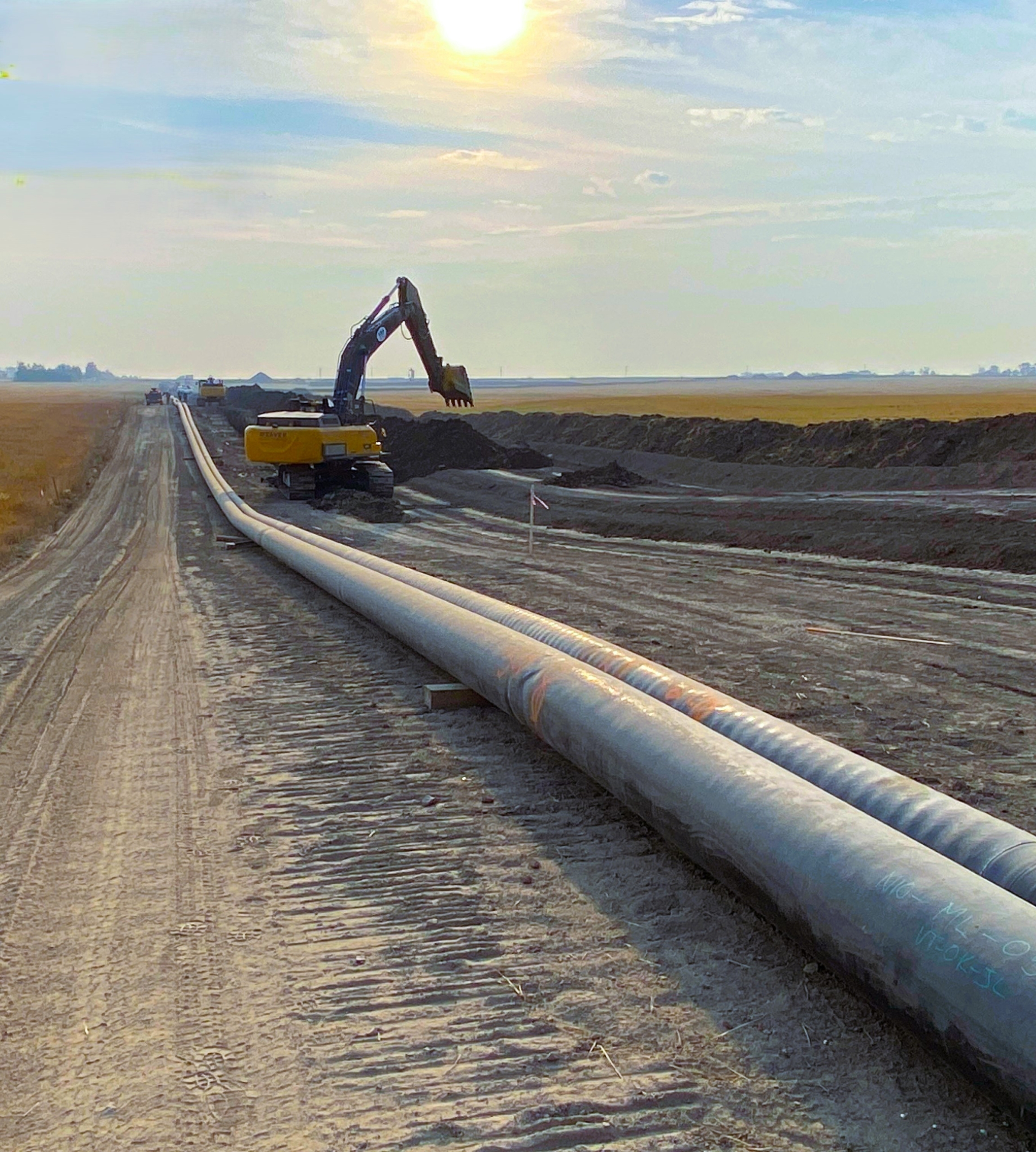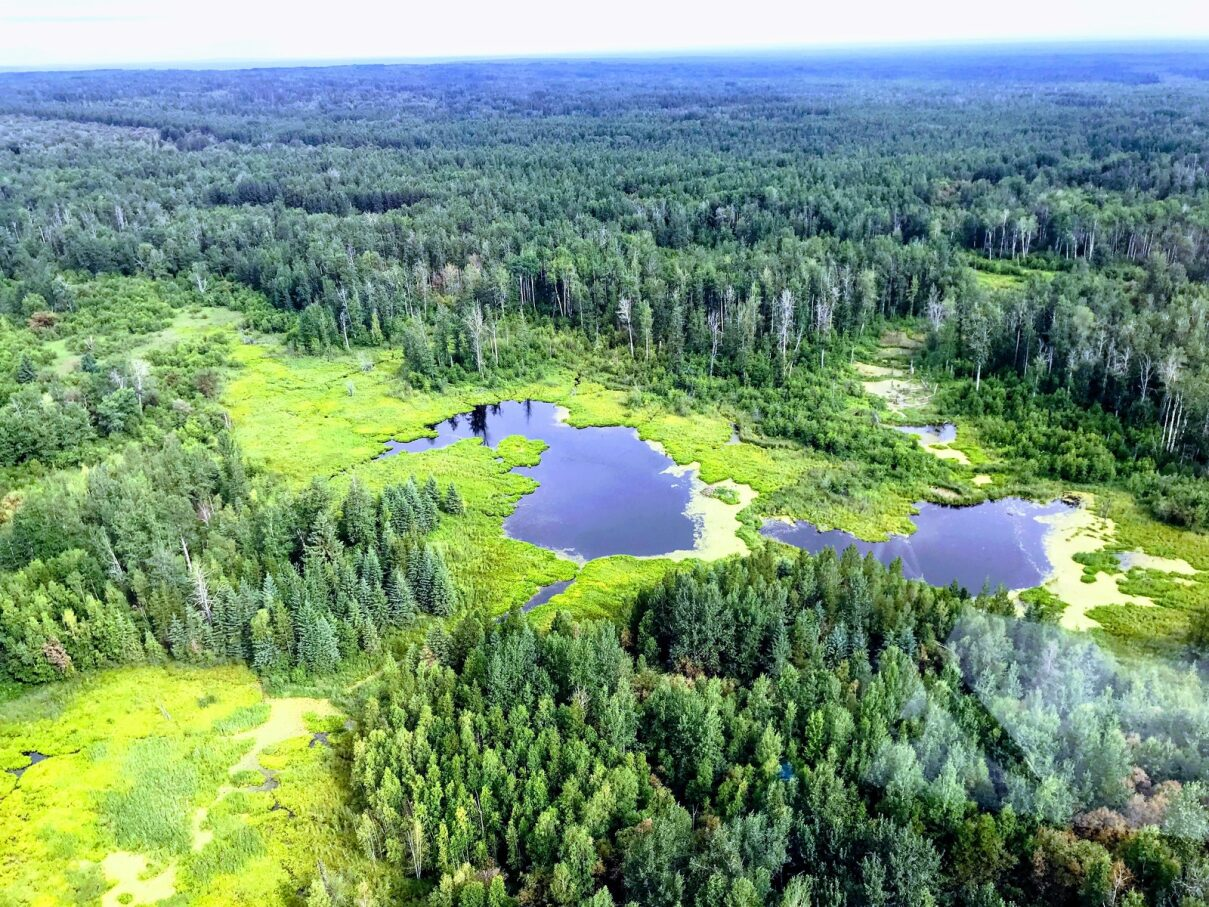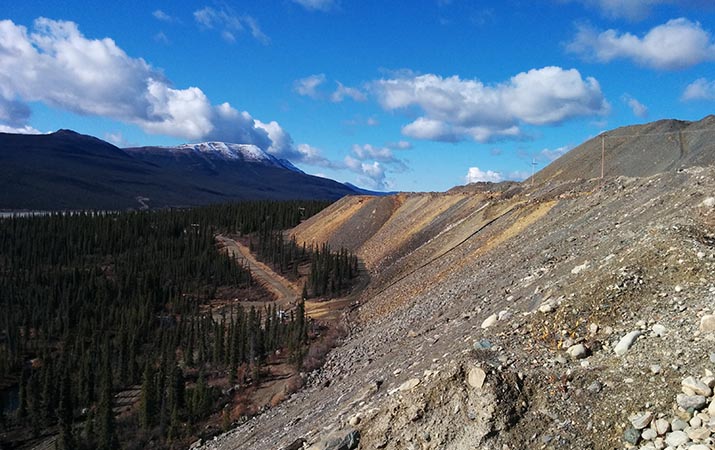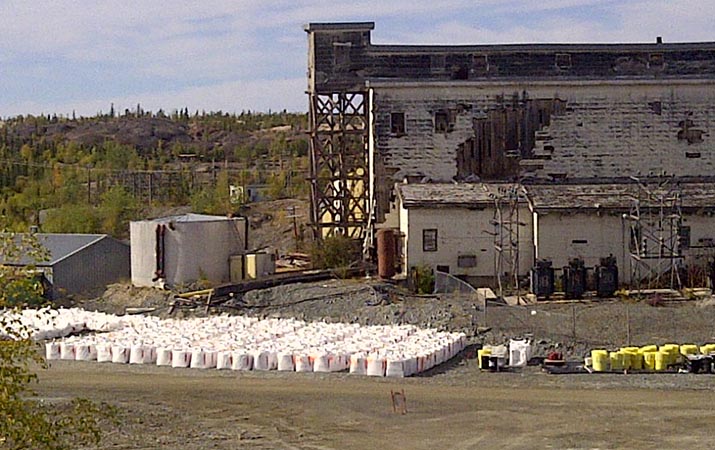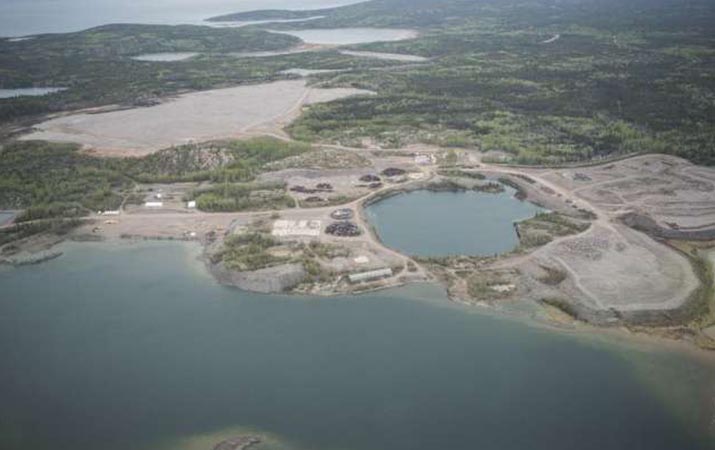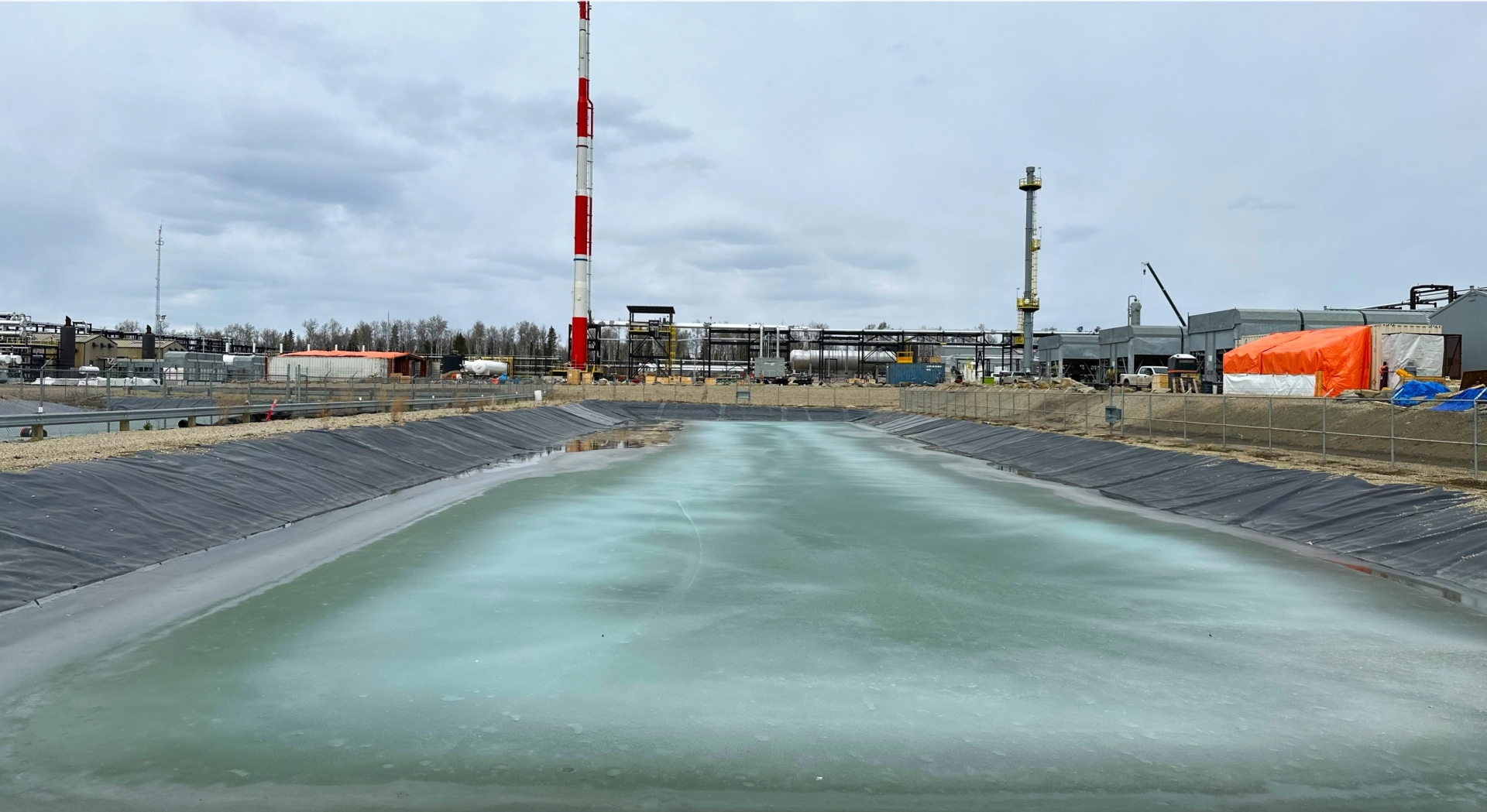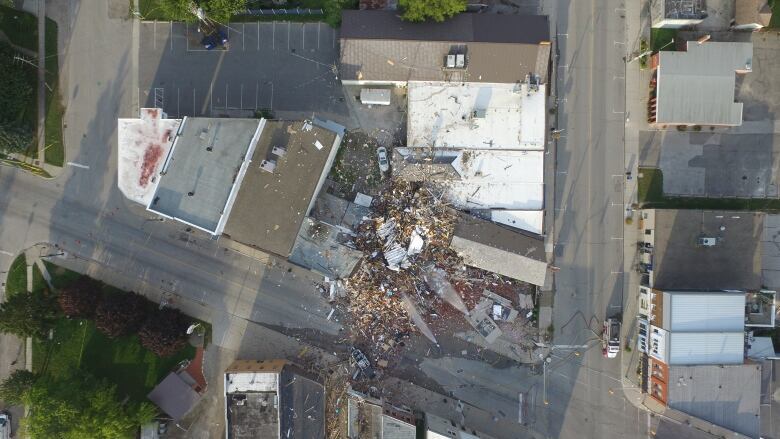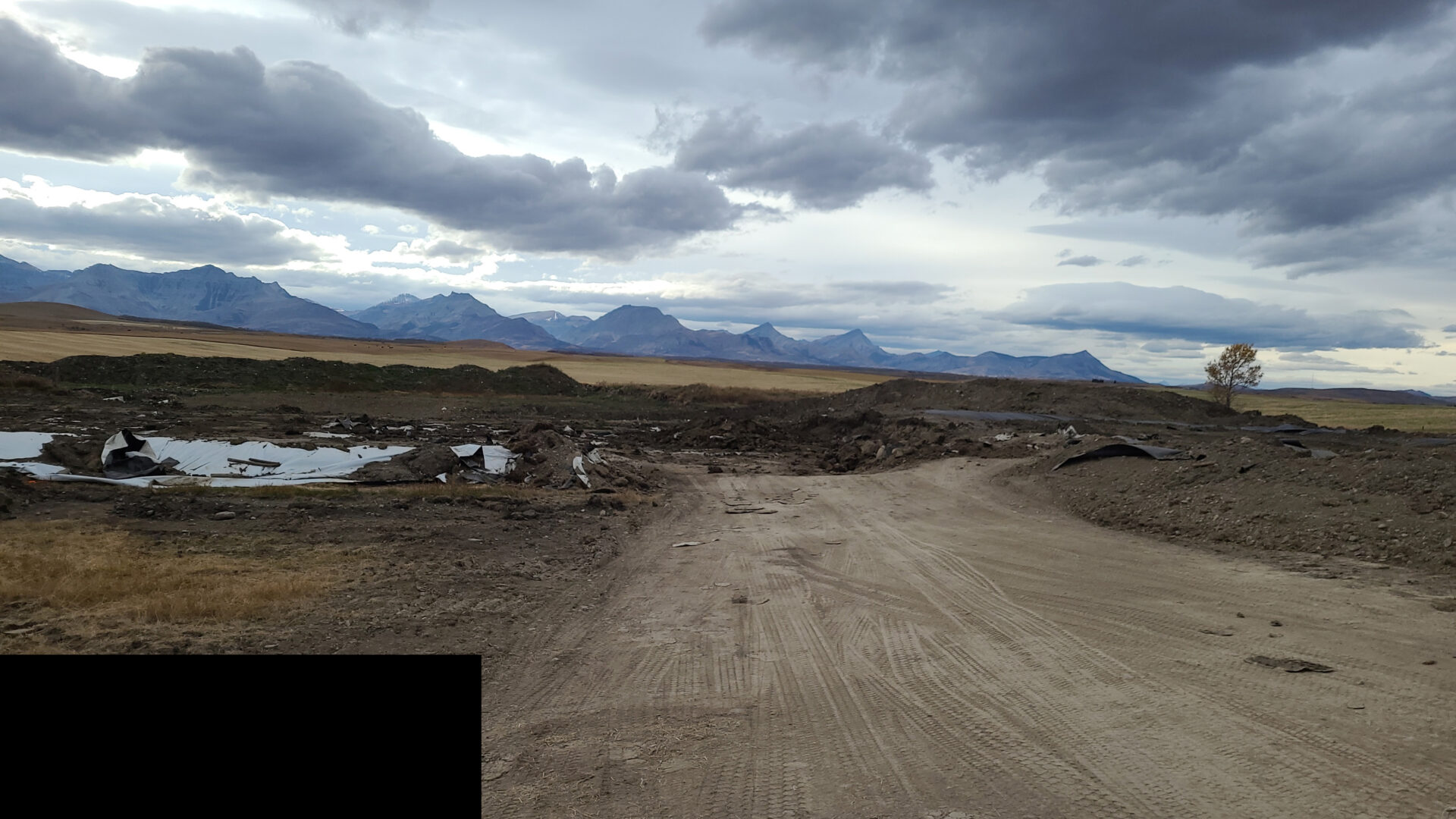Background
On June 28, 2022 the Alberta Energy Regulator released its industry-wide mandatory liability spending target. The 2023 target was set in July 2021 at $443MM, however the AER surprised industry with a significant revision to $700MM.
Bulletin 2021-23

Bulletin 2022-23

The full AER Bulletin 2022-23 can be found HERE
The AER notes rising commodity prices and the roughly $628MM spent in 2021 on closure activities as reasons for the unexpected increase. The $628MM spent in 2021 was predominantly driven by the Alberta Site Rehabilitation Program and funded by the federal government. The AER is banking on oil & gas companies using higher commodity prices to fund closure in 2023 when the federal program ends.
Maximizing Your Mandatory Target
When deciding how to best spend your mandatory target, we encourage companies to take a macro review of their portfolio and prioritize spending based on corporate objectives. Having a strong ARO database with your sites stratified will provide the best groundwork for choosing how to allocate your spend.
Maximizing LLR/LMR
Most banks and private equity groups continue to use D06 LLR/LMR values within their banking covenants. With the relatively simple formula, companies can target low hanging fruit (generally well abandonments) while focusing on increasing production to improve their LMR.
Maximizing D088 Liability Scorecard
Scorecard values have become increasingly important as the AER uses their holistic review of liability to assess producers. Companies are now valued on more than well abandonments and reclamation activities. The scorecard also considers financials, operating history, decommissioning, pipelines, etc. as outlined in our January insight – The Holistic Approach: Directive 088.
We encourage companies to evaluate what categories they can spend in to jump to a new tier. For example, spending heavily on environmental activities may only move you from the 55th to 60th percentile whereas targeting pipeline abandonments might push you from the 73rd to 75th percentile and bump you into a new tier. Improving tiers will boost your overall scorecard rating and set you apart in your peer group and in the eyes of the regulator.
Each company’s scorecard and associated asset base is unique, so targeting spending to maximize LLR vs scorecard values is a unique decision to each company. What ties both options together is having a fundamental stratification of your liabilities. This baseline will always serve as the foundation to make strategic spending decisions.
See you next time,
Lindy

About the Author
Lindy Couillard, Managing Director – Skye Asset Retirement
Lindy is an Energy Professional with over 19 years of progressive accomplishments in major Asset Exchanges, Acquisition & Divestitures, Contract Analysis, and Administration. She obtained a Bachelor of Commerce from the University of Calgary, majoring in Petroleum Land Management. After spending her career working for energy producers, she joined the 360 team in 2018 to support 360’s corporate development, strategic planning and governance solutions. Lindy led the Corporate Services team, providing foundational business services to support 360’s growth. In 2024 she shifted her focus from 360 to growing our sister company, Skye Asset Retirement.


